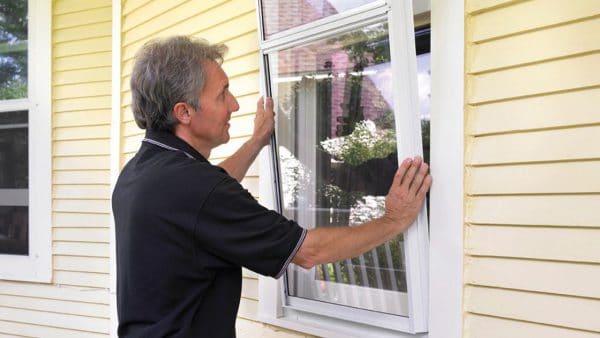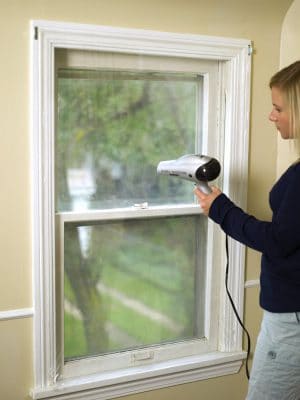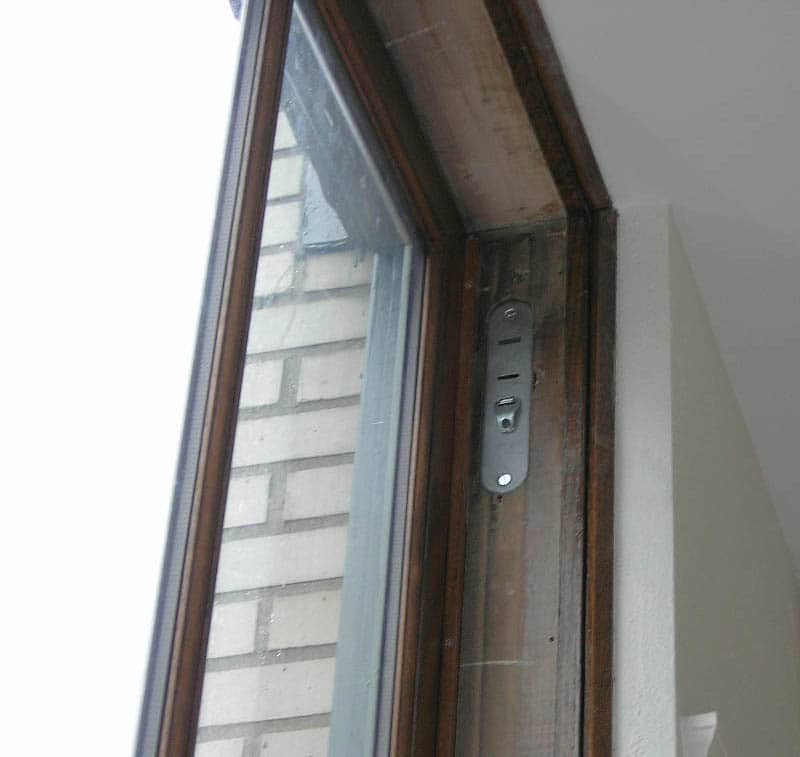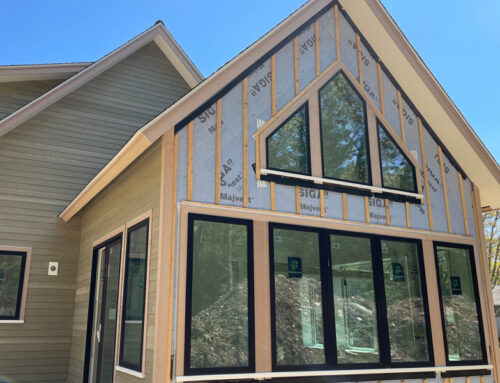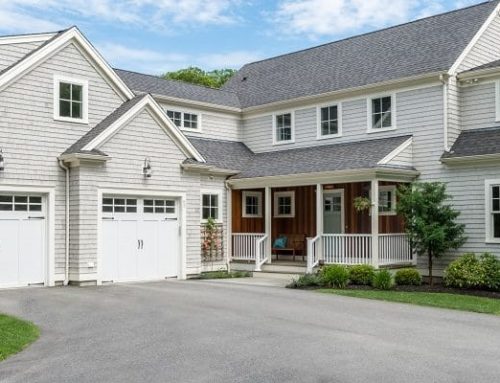Beating the Chill: How to Draft-Proof Your Home

The cold is finally upon us and as you begin preparing your house for the snowy months ahead, don’t forget to check your windows for drafts or you could be paying more for your heating bill this winter. According to Energy.Gov, heat loss through your windows can be responsible for 25%-35% of your heating energy use. Replacing your windows is the most effective way to prevent drafts, but there are plenty of simple and less-expensive methods that will keep your home warm and save you money!
The most obvious and best solution for drafty windows is to replace them with brand new windows as the technology has changed drastically over the last 50 years. Many older homes have windows that can be very problematic as building codes used to be far less stringent than they are today. A lack of sealing and insulation around windows when they were initially installed can contribute to drafts.
If replacing your windows proves to be too costly for you, there are a number of fixes that can make an impact. Storm windows are a lower cost alternative to complete window replacement. They act as an extra layer of insulation and attach directly to the window frame to reduce air leaks. On the exterior of the home, you can use caulking and weather stripping to help stop air flow from getting in. On the interior, the use of thermal insulating curtains (those with an R-value) to block the draft can be very effective.
Sealed air is an insulator, which is why windows are now made as “double pane” or “triple pane.” Each additional “layer” of sealed air insulates by that much more. Heat shrink window film is available at your local hardware store and can be used as an additional sealed air layer. The heat shrink film can be applied to the window with a heat gun or blow dryer. According to “This Old House” this inexpensive clear shrink film can allow a room to retain as much as 55 percent of its heat.
If the drafts still persist, you can purchase cloth “snakes” which are long tubes of fabric filled with insulation that can be laid along the windowsill to block drafts. For basement or attic windows that you don’t need to see out of, cutting rigid foam insulation that can be wedged into the window frames can do the trick. When you need light, simply pop them out.
Historic homes often have windows that homeowners would like to preserve. Older styles typically use ropes and counter-weights to raise and lower the windows. The difficulty with these windows is that there are unsealed channels within the interior wall that allow the ropes and counterweights to move but also allow unwanted air flow to enter through. The ropes and counterweights can be cut/replaced with a spring tape sash balance. Prior to installing the spring tape sash balance, spray foam insulation can be blown into the old channels to plug the leaks.
Regardless of the age or condition of your windows, you can improve heat retention by simply removing the screens. This has the greatest impact on southern facing windows. Screens can block 30-40% of thermal transfer according to BuildingGreen.com so removing them can actually enable thermal heating in the wintertime. This can help to counteract any drafts that may get through.
With all these simple solutions available, there’s no reason to be paying more for your heating bill or be uncomfortable in your own home. If you’re concerned about having drafty windows or are looking for recommendations on the right solution for your home, give us a call at 508-548-1450.
